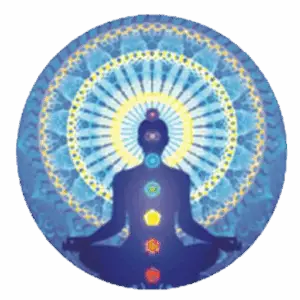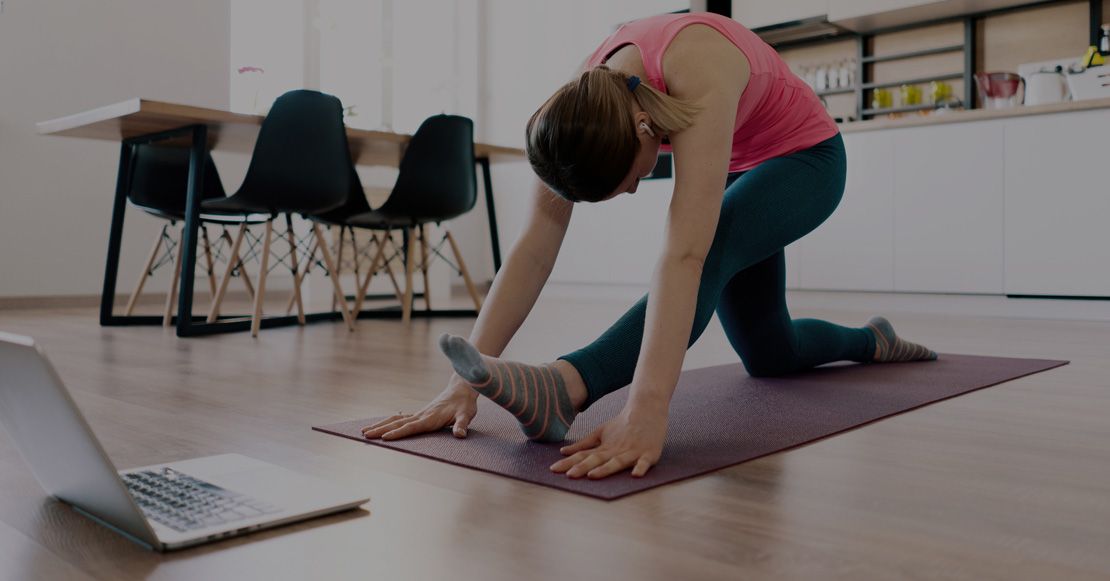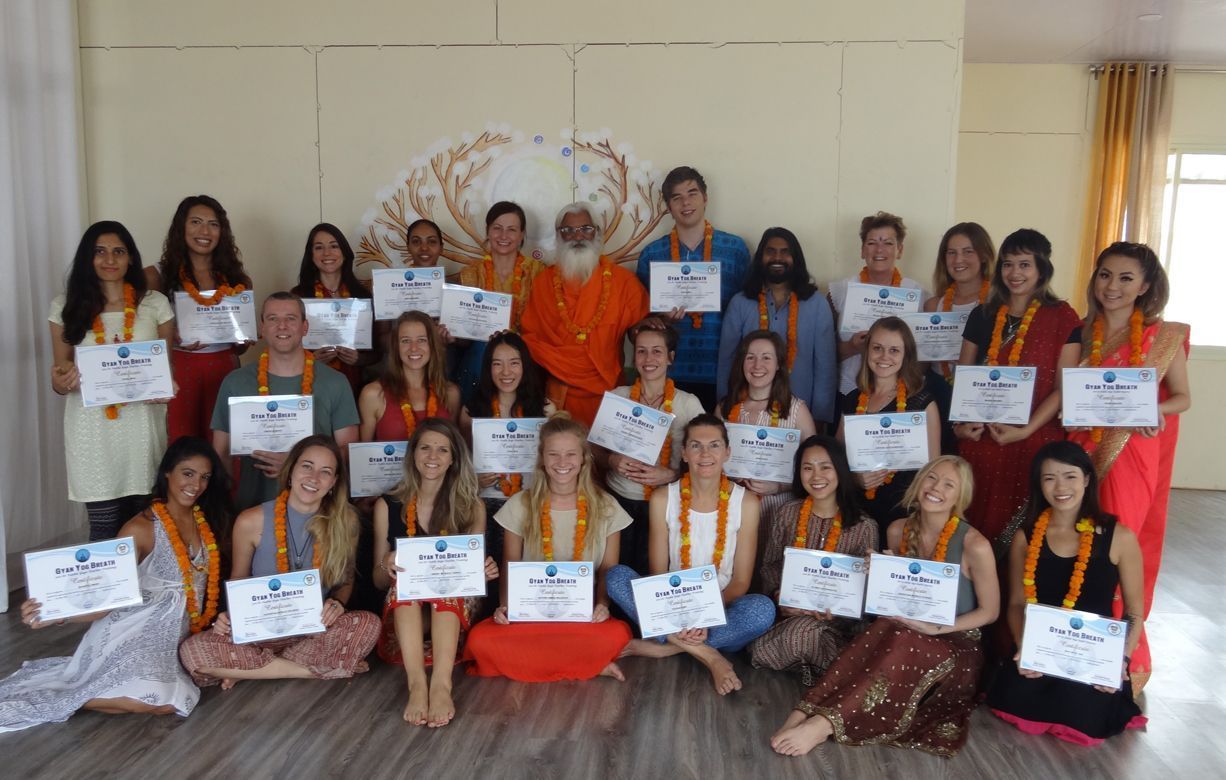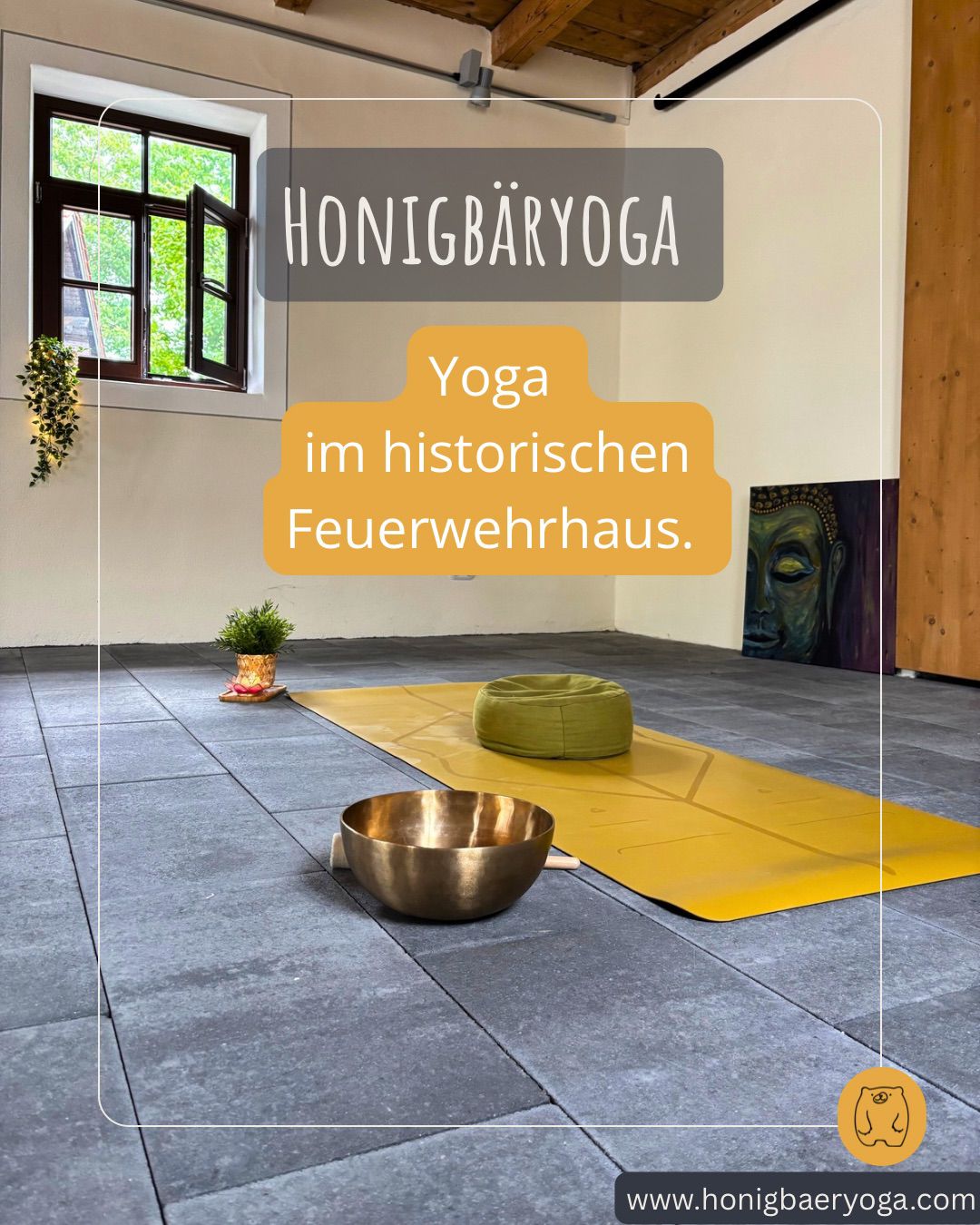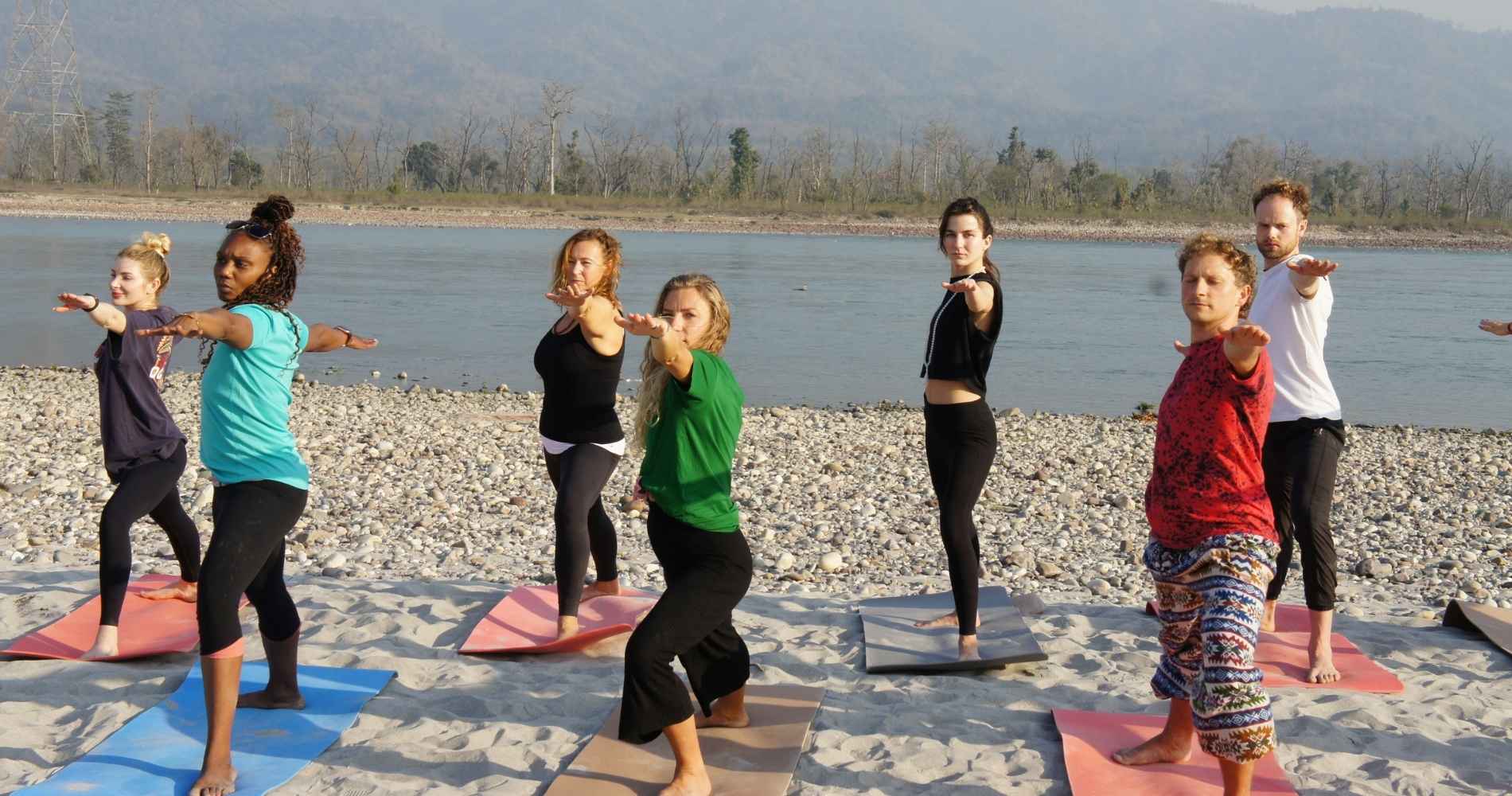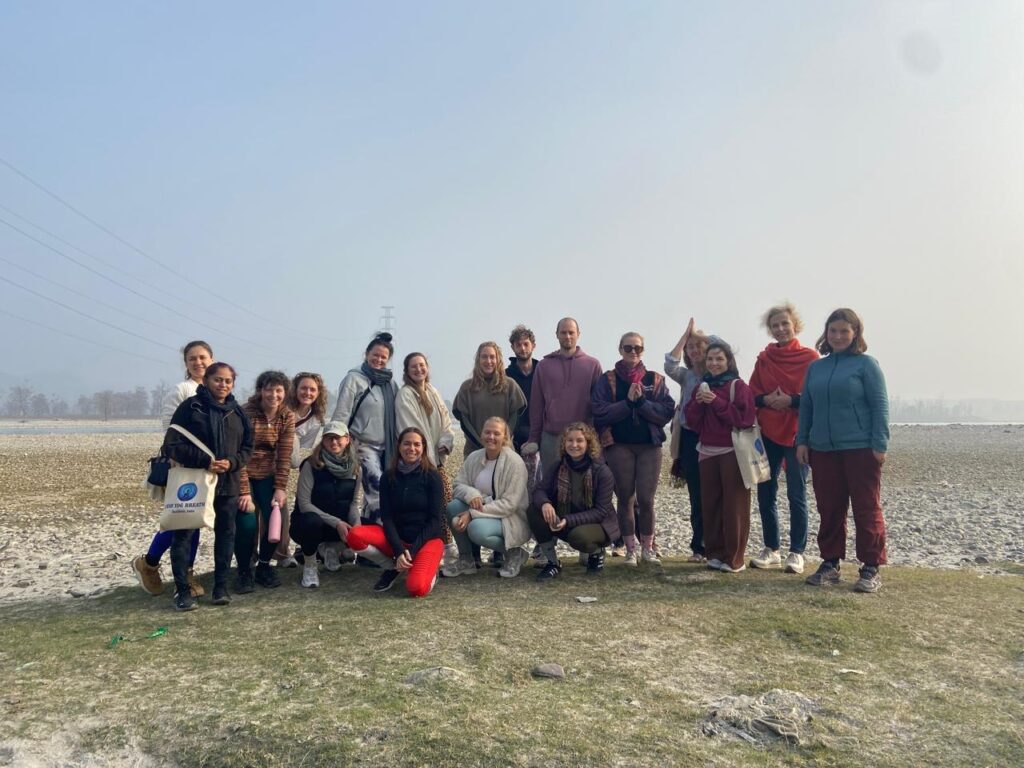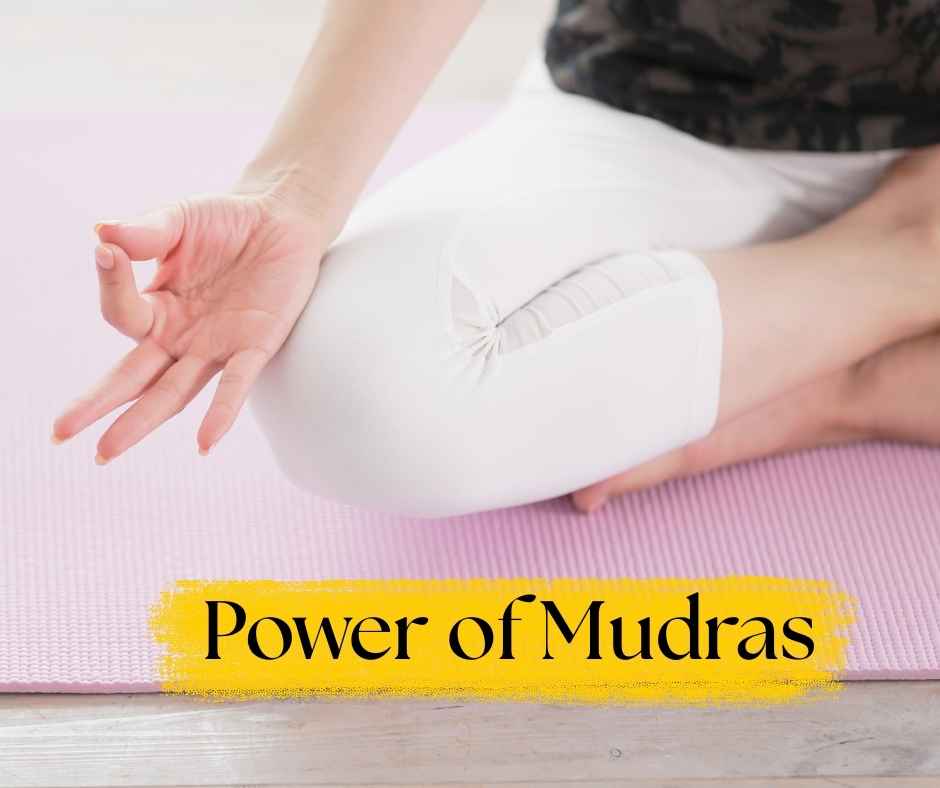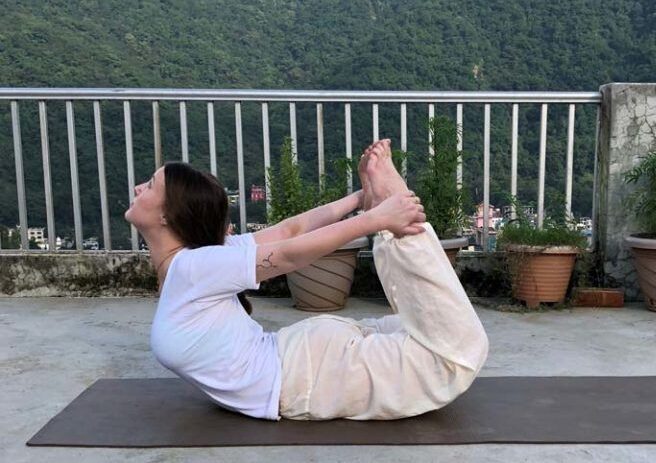
What is Dhanurasana (Bow-Pose)?
Dhanurasana, translates as Bow-Pose. It is a yoga asana that involves lying on the stomach and lifting the legs and upper body to create a bow-like shape. The pose resembles an archer’s bow, with the hands holding the ankles while the chest and thighs lift off the ground. Dhanurasana (Bow Pose) is part of the back bending family of yoga poses and is often practiced as part of a sequence or in a flow. It offers various physical and mental benefits, including stretching the front of the body, strengthening the back muscles, and improving posture. Additionally, Dhanurasana (Bow Pose) is believed to stimulate abdominal organs and aid digestion. As with any yoga pose, it is essential to practice Dhanurasana mindfully, paying attention to individual flexibility and avoiding strain. In this guide, we explain you all you need to know about Dhanurasana (Bow-Pose).
Step-By-Step-Instructions of Dhanurasana (Bow-Pose)
Dhanurasana (Bow-Pose) is a dynamic and invigorating yoga posture that involves a sequence of steps to achieve the final bow-like shape. Here’s a step-by-step guide to practicing Dhanurasana (Bow-Pose):
- Starting Position: Begin by lying on your stomach (prone position) on a comfortable yoga mat. Extend your legs straight and place your arms alongside your torso, with palms facing up.
- Bend the Knees: Bend your knees and bring them towards your buttocks. Keep your knees hip-width apart to maintain balance.
- Reach Backwards: Reach your arms back and grasp your ankles. Hold the outer ankles with your hands, ensuring a firm grip.
- Inhale and Lift: Inhale deeply. As you exhale, lift your chest and thighs off the mat simultaneously. The goal is to create a bow shape with your body.
- Kick Backwards: While maintaining the grip on your ankles, kick your feet into your hands. This action helps lift your body higher and intensifies the stretch.
- Engage Core Muscles: Engage your core muscles by drawing your navel towards the spine. This action stabilizes the pose and protects your lower back.
- Open the Chest: Lift your chest higher, opening it towards the front. Keep your gaze forward or slightly upward, avoiding unnecessary strain on the neck.
- Hold the Pose: Maintain Dhanurasana (Bow-Pose) for 20-30 seconds or as per your comfort level. Breathe deeply and consistently throughout the posture.
- Release and Relax: As you exhale, gently release the ankles, lower your chest and thighs to the mat, and relax in a prone position.
Tips:
- Focus on the lift from both the front and back of the body to create a balanced stretch.
- Keep the knees close together to maintain stability.
- If reaching both ankles is challenging, you can start by practicing with one ankle at a time.
Modifications, Variations and Use of Props for Dhanurasana (Bow-Pose)
For those new to the pose or individuals with limited flexibility, a recommended modification is to practice Dhanurasana (Bow-Pose) with one leg at a time. This approach allows beginners to gradually build strength in the back and improve flexibility.
To further support practitioners, especially those working towards greater flexibility, incorporating a block can be beneficial. Instead of grabbing your ankles, place a block between your raise arms and gently lift the legs off the ground as well. You will look more like a superman in this variation, but this modification ensures a safer and more comfortable practice while helping you to build spinal flexibility and strength.
This use of props is particularly helpful for individuals with specific physical considerations or limitations. In case you feel discomfort at your pelvis or hip bones, simply chip a thin blanket or pillow underneath.
Exploring these modifications, variations, and the incorporation of props allows practitioners to customize Dhanurasana to align with their individual needs, ensuring a safe and personalized yoga practice.
Benefits of Dhanurasana (Bow-Pose)
Dhanurasana (Bow Pose) holds various benefits on the physical and mental level. Here’s a structured breakdown of its advantages:
- Strengthening the Back:
Dhanurasana (Bow-Pose) engages the muscles along the spine, promoting a robust and well-supported back. The bow-shaped pose contributes to better posture and alleviates back stiffness. It is also helpful to activate the nervous system. - Digestive Health:
The abdominal compression in Dhanurasana (Bow Pose) stimulates digestive organs, fostering improved digestion and a healthy metabolism. Regular practice can be beneficial for those dealing with digestive issues. - Respiratory Enhancement:
The asana is a potent chest opener, expanding the ribcage and enhancing lung capacity. Deep breathing during Dhanurasana (Bow-Pose) encourages better respiratory function, leading to increased vitality. - Reproductive Health:
Dhanurasana (Bow-Pose) stimulates the pelvic area, promoting reproductive health and hormonal balance. It can be particularly valuable for individuals seeking to enhance fertility and maintain reproductive well-being. - Stress Relief and Emotional Release:
The backbend in Dhanurasana (Bow-Pose) opens the heart center, releasing stored tension and emotions. The expansion of the chest can lead to emotional release and an increased sense of joy and well-being.
Incorporating Dhanurasana into your yoga practice provides a holistic approach to physical and mental well-being, offering a range of advantages that contribute to overall health.
Contra-Indiactions of Dhanurasana
Dhanurasana (Bow-Pose) is a dynamic yoga posture that offers numerous benefits, but it’s crucial to approach it with mindfulness and awareness of certain contra-indications. Here’s a structured guide to understanding when to be cautious with Dhanurasana.
- Concern: Dhanurasana (Bow-Pose) involves significant backbending, which might strain the lower back.
- Caution: Individuals with chronic lower back issues or recent injuries should approach the pose with care.
- Modification: Consider less intense backbends and consult with a yoga instructor for suitable alternatives.
- Concern: The arching of the back in Dhanurasana (Bow-Pose) can affect the neck and shoulders.
- Caution: Those with neck or shoulder injuries or conditions should be mindful of the strain.
- Modification: Practice gentle backbends that don’t exacerbate neck or shoulder issues. Skip or modify Dhanurasana as needed.
- Concern: Dhanurasana (Bow-Pose) increases blood circulation, impacting blood pressure.
- Caution: Individuals with high or low blood pressure should practice with moderation.
- Modification: Avoid overexertion and maintain awareness of your body’s response during the pose.
- Concern: The pressure on the abdomen may be uncomfortable for those with recent surgeries.
- Caution: Individuals recovering from abdominal surgery should avoid or modify the pose.
- Modification: Opt for gentler poses that don’t strain the abdominal region.
- Concern: Dhanurasana (Bow-Pose) compresses the abdomen and may not be suitable during pregnancy.
- Caution: Pregnant individuals should avoid this pose, especially in later stages.
- Modification: Choose prenatal yoga poses that support, rather than compress, the abdomen.
- Concern: The energizing nature of Dhanurasana (Bow-Pose) may be disruptive for those with sleep issues or fatigue.
- Caution: Individuals struggling with insomnia or extreme fatigue should practice with moderation.
- Modification: Focus on restorative poses to nurture the body without overstimulation.
Remember, yoga is a personal practice, and modifications are not a sign of weakness but rather a way to honor and protect your body. Always consult with a qualified yoga instructor or healthcare professional if you have specific health concerns before attempting Dhanurasana (Bow-Pose) or any other challenging yoga pose.
Tradtional Conext and Background of Dhanurasana (Bow Pose)
Dhanurasana (Bow-Pose), in the yogic tradition, is steeped in rich symbolism and cultural significance. Rooted in ancient practices, the traditional context of Dhanurasana (Bow-Pose) goes beyond its physical form, delving into the spiritual and philosophical realms of yoga.
- Archery Metaphor:
The name “Dhanurasana” itself is derived from the Sanskrit words “Dhanur,” meaning bow, and “Asana,” meaning pose. The pose mimics the shape of an archer’s bow, drawing a profound metaphor from the art of archery. In Hindu mythology, the bow is a symbol of Lord Rama’s strength and victory over adversity. Dhanurasana (Bow-Pose), therefore, becomes a representation of harnessing one’s inner strength and overcoming life’s challenges. - Activation of Manipura Chakra:
Dhanurasana (Bow-Pose) is intricately connected to the Manipura Chakra, situated in the solar plexus region. This chakra is considered the center of personal power, transformation, and the fire element. The bow shape formed during the pose is believed to activate and balance the energy within this chakra, facilitating a sense of empowerment and courage. - Spiritual Alignment:
In the traditional yogic context, the body is viewed as a vehicle for spiritual evolution. Dhanurasana (Bow-Pose) is seen as a tool to align the physical and spiritual aspects of an individual. The act of bending into the bow shape represents a willingness to surrender, letting go of ego, and allowing the practitioner to connect with the higher self. - Release and Surrender:
The bow, often associated with Lord Shiva’s cosmic dance, signifies destruction and creation. Similarly, in Dhanurasana (Bow-Pose), practitioners are encouraged to release physical and emotional tensions, embracing surrender. The pose becomes a symbolic gesture of letting go, making space for inner transformation and renewal.
The Importance of Learning Yoga Correctly under Guidance
In your yoga journey, skilled guides make all the difference! At Gyan Yog Breath’s 200 hour yoga training in India, our experienced instructors lead the way for you. They teach you the proper poses, share the history and philosophy, and make your yoga journey both enriching and safe. You’ll learn how to sequence poses, receive personalized tips, and understand the dos and don’ts of yoga practice. It’s like having experts right by your side, ensuring that your yoga experience is not only effective but also enjoyable. Joining this yoga teacher training in India is like unlocking the secrets of yoga with the best mentors around!
